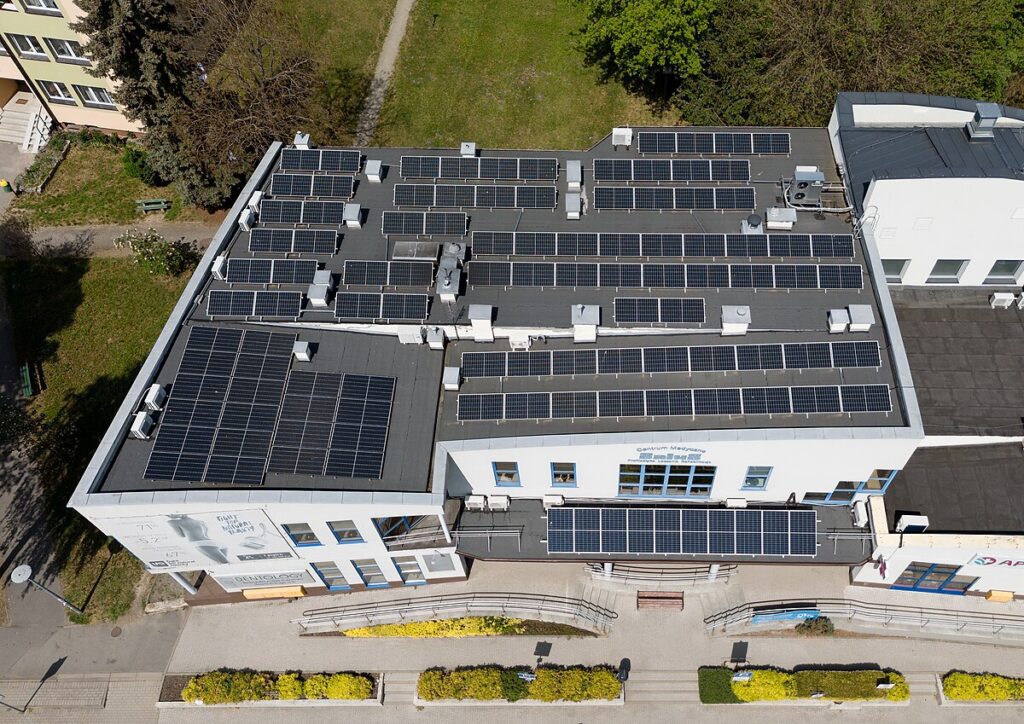Scientists have developed a way to compare the data of PV manufacturers based on standard test conditions (STC) with the real conditions in the field. The proposed technology is based on the single-diode model and the Newton-Raphson algorithm. The maximum relative error turned out to be 1.37%.
Researchers from the American University of Egypt in Cairo have developed a new method to validate measured performance and warranty conditions of PV modules.
“Manufacturers of PV modules have datashes that offer product-specific data points on the IV curve at Standard Test Conditions (STC),” said the academics. “PV modules usually have a guarantee of 10 to 25 years, and the guarantee is stated if a guarantee that the panel will function above a certain percentage of the maximum power below STC. Since the STC conditions occur almost rarely during the maintenance time of the panels, a methodology is required to bring the measured IV curtle in the measurement conditions in the measurement conditions conditions
The new approach is based on a single-diode model, which represents solar cells as an electric circuit and resolves its comparisons with the numerical algorithm Newton-Raphson, which is often used to approach the roots of the actual valued functions.
The new methodology starts with field measurements, the collection of some IV points: open-circuit voltage (VOC), short-circuit current (ISC), voltage on maximum power (VMP), current on maximum power (Imp) and two points before and after the maximum power (MPP). Moreover, radiation and ambient temperature are also taken at the time of admission.
Subsequently, the Newton-Raphson algorithm solves the Single diode model and delivers photo flow (instead of), diode saturation flow (IS), series resistance (RS), shunt resistance (RSH) and the diode ideality factor (s). From all these values, the I – V and P – V curves can be constructed. The program then also calculates the temperature coefficient – see how different parameters change when the irradiation remains the same, but the temperature changes. It is said to be able to convert results to STC terms and compare the results with the datasheet.
“The simulation model is validated with measurement data and accurately represents the electrical characteristics of the PV module with a maximum relative error of 1.37%,” the scientists said. “It makes a seamless comparison of the degradation of the operation of the power with the warranty condition. Hence an excessive relegation as a result of aging is identified and the process of submitting warranty claims in the case of a defective PV module accelerates.”
This method was demonstrated on a Suntech Monocrystalline Half-Cell PV PV module of 550 W. In its datashet, under STC, the VOC 49.88 V was mentioned, the ISC as 14.01 A, the VMP as 42.05 V, and the impetus of 44.08 C and real measurements of IT were taken from IT of IT from IT from IT from IT from IT from IT from IT from IT from IT. Irritation of 44.6 C and an irritation of 44.6 C and an irritation of 714 W/m2. For the temperature coefficient, performance was taken under 823 W/m2 with cell temperatures of 44.6 C and 55.1 C.
“The results show that the performance of the module is consistent with the datasheet guarantees, where the PV module that has experienced an average relegation of -4.88% of -4.88% after the first two years of operation,” the team said.
The new methodology was presented in “Methodology to validate measured performance and warranty conditions of PV modules“Published in Solar energy.
This content is protected by copyright and may not be reused. If you want to work with us and reuse part of our content, please contact: editors@pv-magazine.com.

